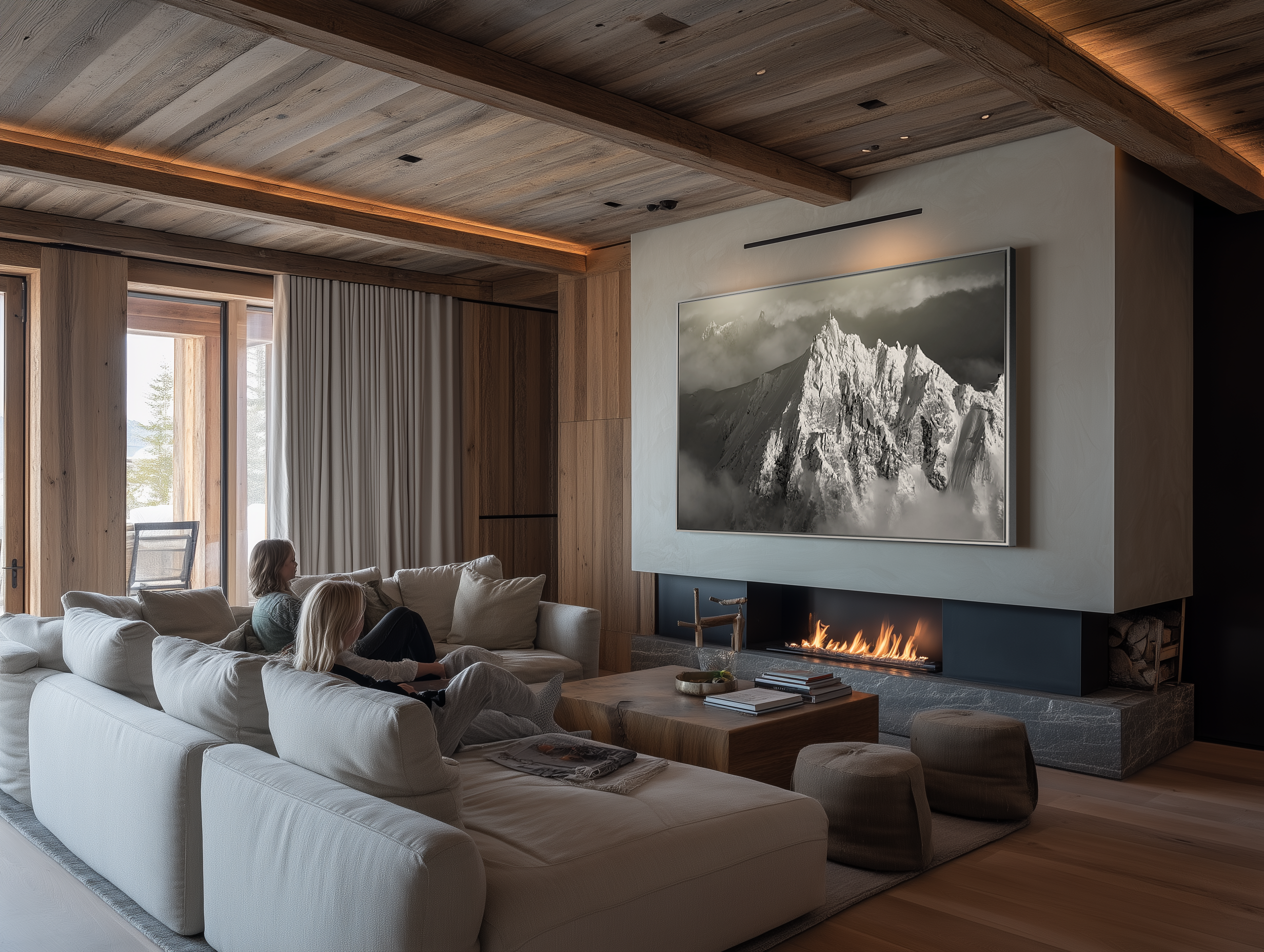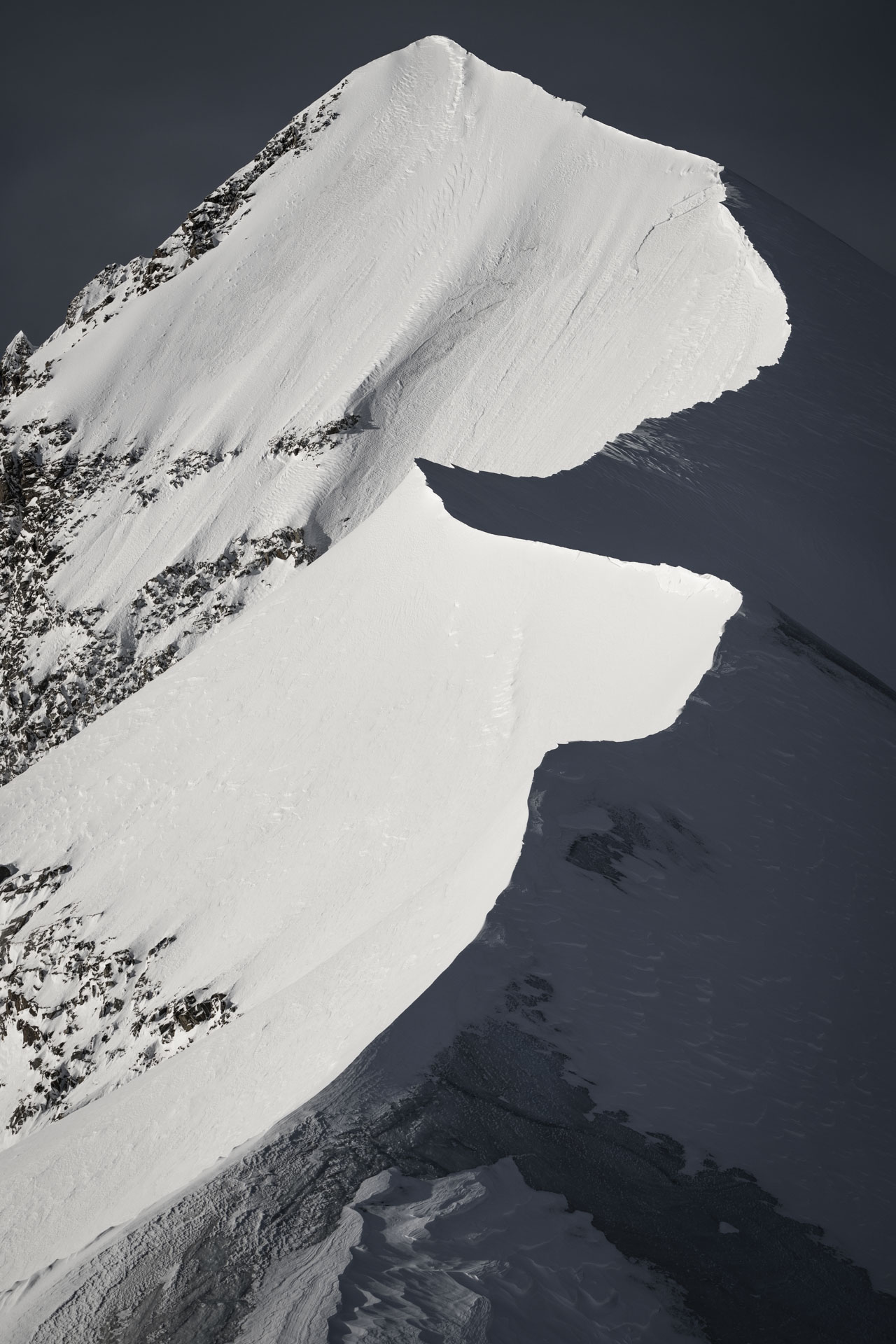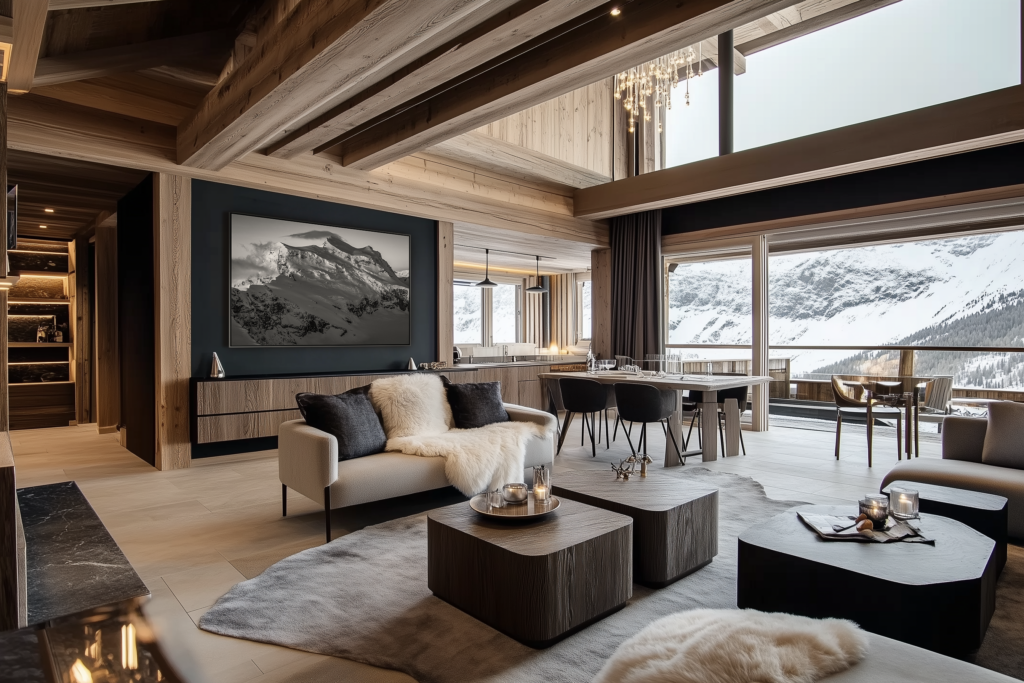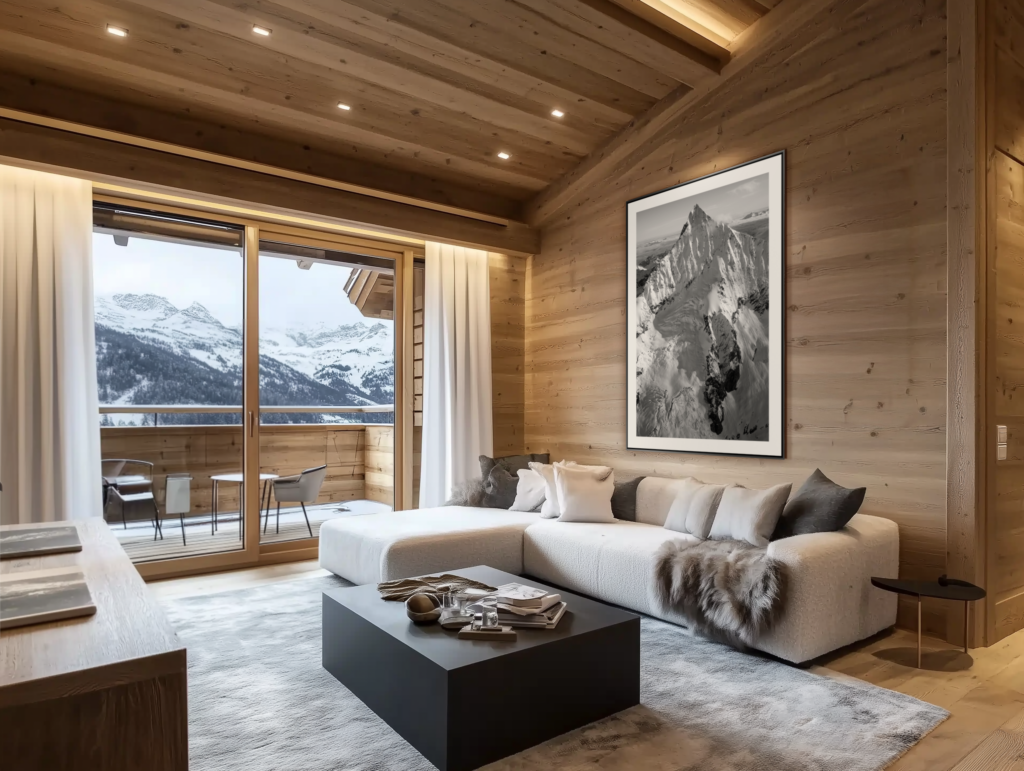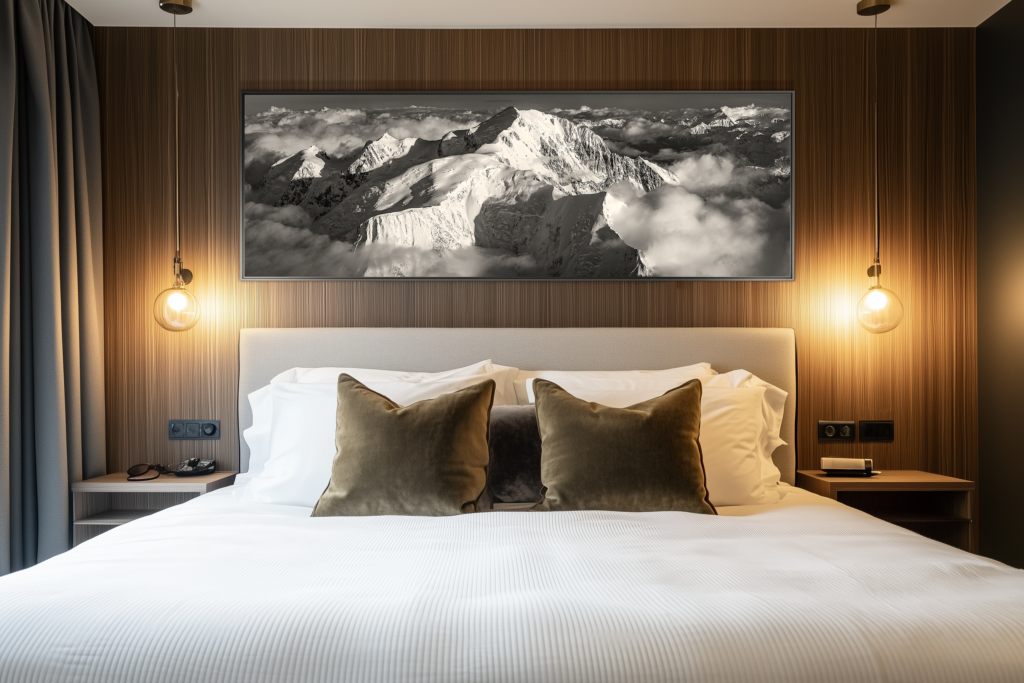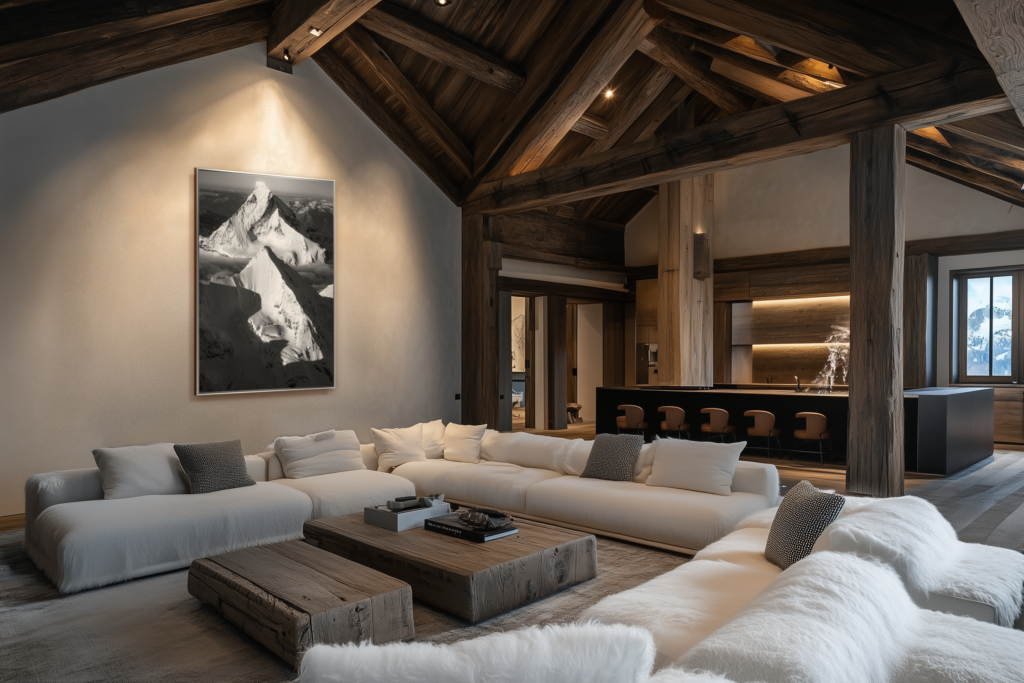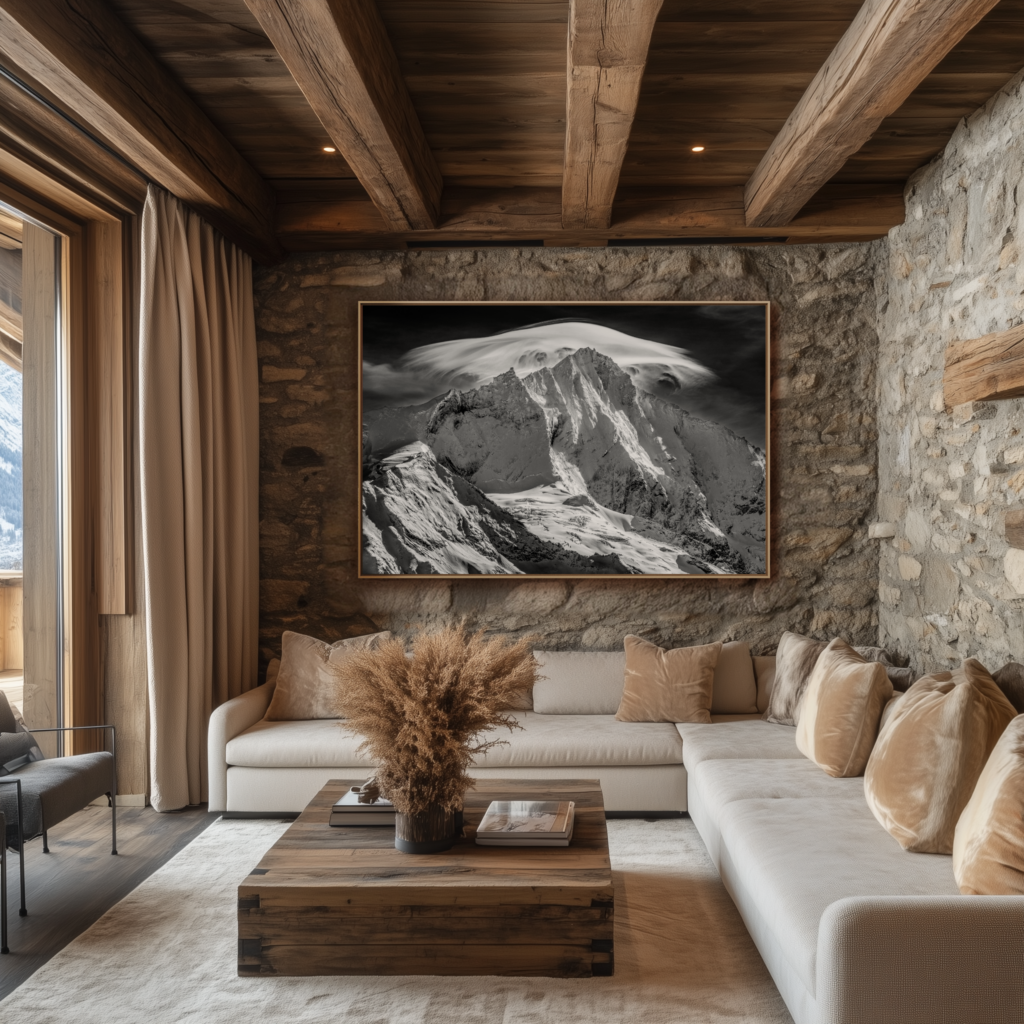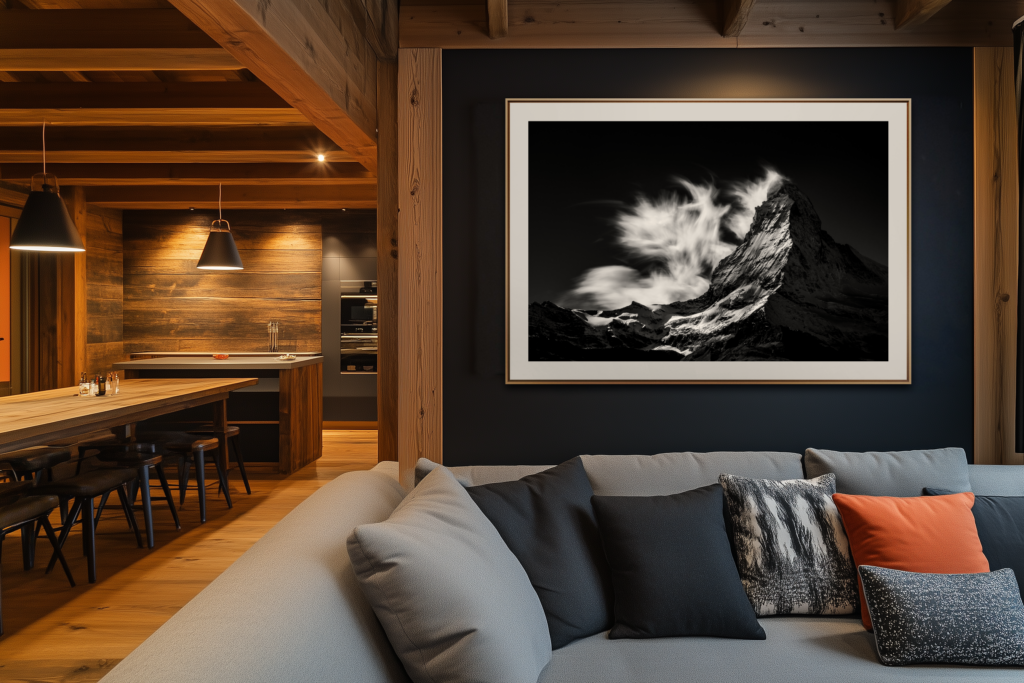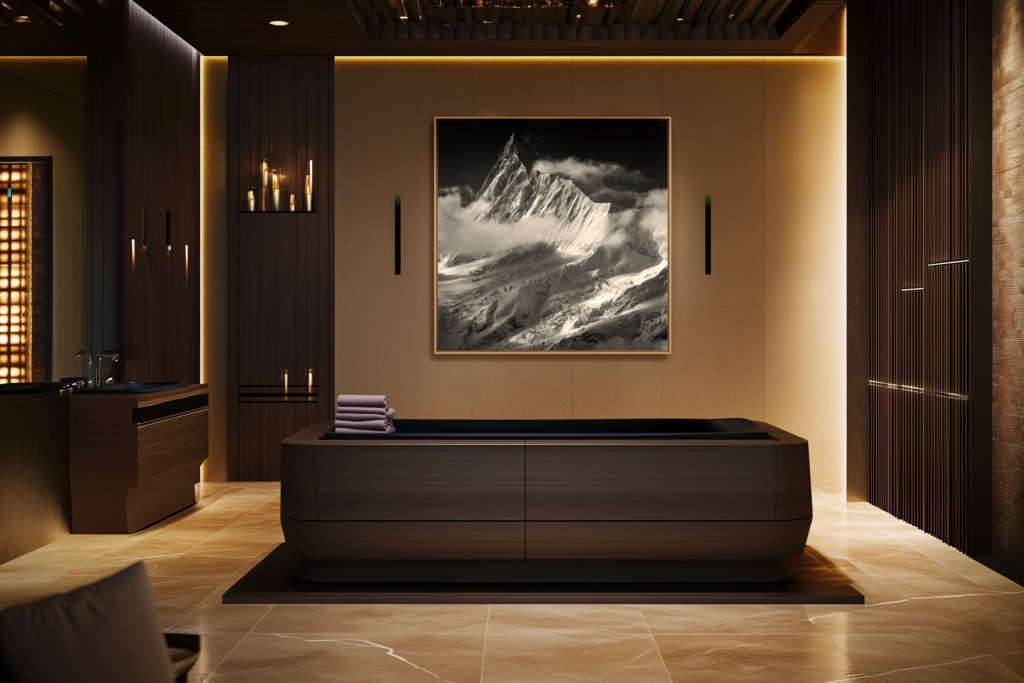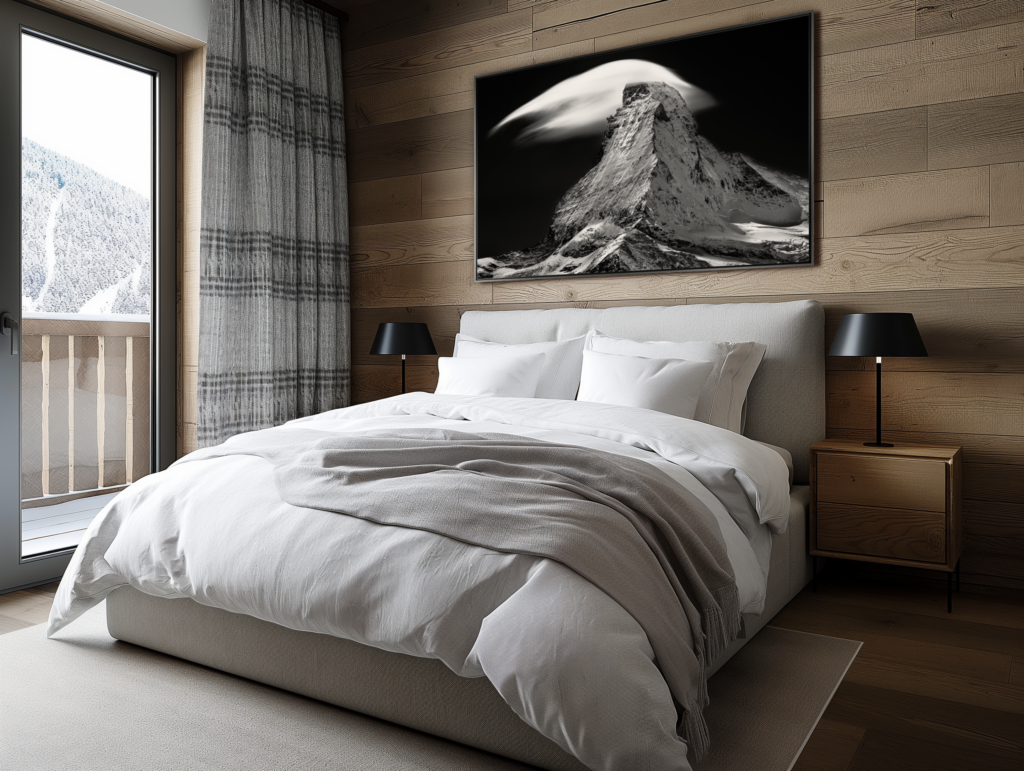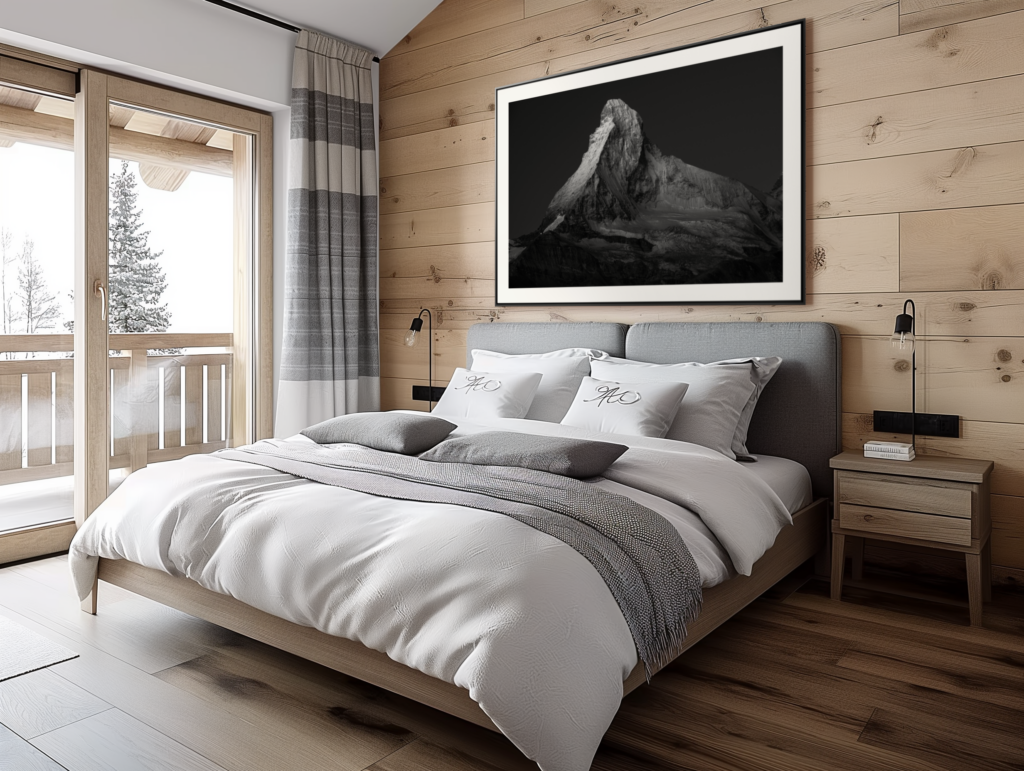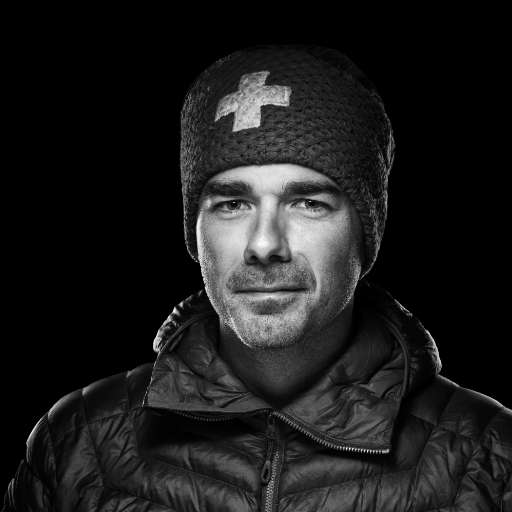Integrating works of art into your chalet is more than simply decorating a space. It's an emotional, aesthetic and patrimonial process that, when carried out in collaboration with an architect, transforms your chalet into a living, deeply personal place. This guide details how to collaborate effectively with an architect to harmoniously integrate works of art into the architecture of your alpine chalet.
Clearly define your artistic and personal goals
The first step to a successful collaboration is to clarify your artistic vision and personal expectations. Would you like to integrate contemporary paintings, monumental sculptures or modern installations? Do you prefer discreet, subtle integration, or are you looking for pieces that become focal points of your spaces?
Clarifying these questions at the outset helps the architect understand your aesthetic universe. This can be done through :
- A moodboard of your inspirations.
- Concrete examples of works you like.
- Preliminary visits to previously completed spaces.
Choosing the right architect: experience and artistic sensitivity
Not all architects are equal when it comes to artistic integration. Prefer those who have already demonstrated their ability to work closely with art in their alpine projects. A thorough examination of their portfolio is essential to assess their approach:
- Have they incorporated works of art into their previous projects?
- Are they particularly sensitive to the Alpine environment and its constraints?
- What is their network of potential artists and gallery owners?
Architects like Olivier Cheseaux (Anako Lodge project) or White Luxury in Megève demonstrate the importance of an approach deeply rooted in local culture.
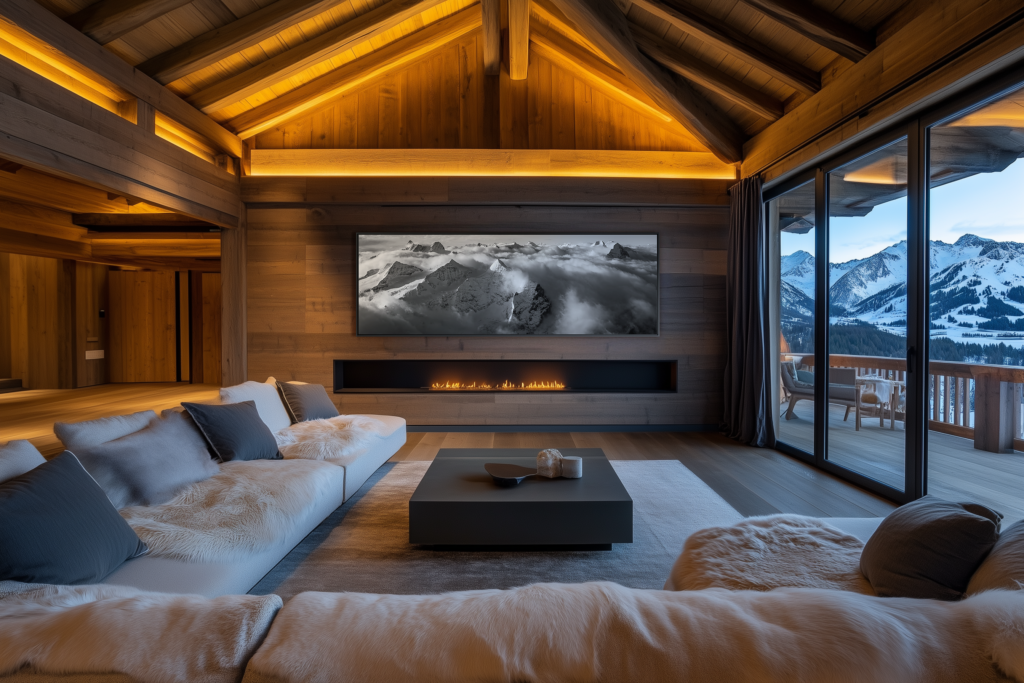
bernesebernese alps : Au Delà des Brumes - Limited Edition
Communicate transparently and regularly
Regular communication is essential throughout the project. Be clear about your preferences, spatial constraints, lighting expectations and any budgetary limitations from the outset. This constant dialogue ensures that your architect can tailor the space precisely to your collection.
Planning spaces to suit the works
Successfully integrating artwork into a cottage requires careful architectural planning:
- Optimum visibility: Clearly identify where to place each work of art, taking into account main sight lines, orientation in relation to natural light and room circulation.
- Focal points: Some artistic pieces can become the soul of a room, immediately attracting attention, while others will play a more discreet role.
- Respect for scale: Monumental works require open spaces to be fully appreciated.
An experienced architect will ensure that each piece finds its natural place.
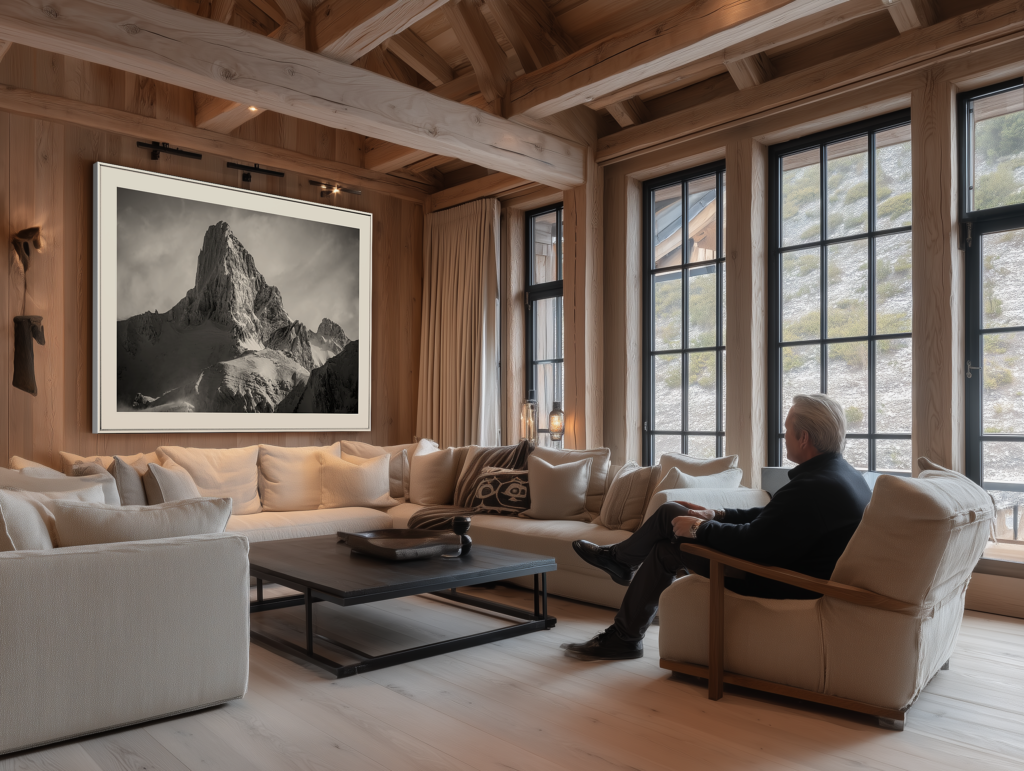
Petit Murévan: Douceurs Hivernales - Limited Edition
Optimizing lighting to enhance works of art
Light is essential for revealing the beauty of artworks. The architect must design lighting that makes the best possible use of natural light, while protecting the works from UV rays. Modern, adjustable artificial systems, such as track-mounted LED spotlights, can be used to create a variety of moods as required, while avoiding potential damage to sensitive works of art.
- Directional spotlights for pictures.
- LED ribbons for subtle, indirect lighting.
- Lighting fixtures in harmony with the chalet's rustic or contemporary aesthetic.
Harmonizing architectural works and materials
The choice of materials and finishes is crucial to ensure a symbiosis between art and architecture. Contemporary works can be enhanced by a minimalist environment with clean white walls. Conversely, traditional or more textured works will blend harmoniously into spaces clad in weathered wood or natural stone.
For example, a granite wall can be paired with contemporary metal sculptures, while raw wood highlights black-and-white photographs.
Anticipate the technical requirements of each work
Some artistic pieces require special technical arrangements:
- Reinforced fastening for heavy works such as sculptures or imposing canvases.
- Air conditioning or humidity control for sensitive works.
- Discreet security systems for particularly valuable parts.
The architect must anticipate these requirements from the outset, to ensure optimum preservation of your works over time.
Integrating art into the chalet's overall design
The ultimate goal is to create a natural dialogue between art and architecture. Wall-integrated alcoves, specially-lit niches or dedicated exhibition walls should be considered from the earliest stages of design. This seamless integration makes art a natural extension of your home, rather than an afterthought.
Realistic budget and schedule management
From the outset, work with your architect to define your overall budget, including the cost of any works of art, specific technical installations and lighting. Careful planning will help you avoid costly unforeseen events and ensure your project runs smoothly.
Stay involved throughout the project
Constant involvement during the construction of the chalet enables us to quickly rectify any discrepancies between your expectations and the reality on site. Regular visits and open communication with your architect ensure that the final result perfectly matches your aspirations.
Thinking about the future evolution of your collection
Your taste and art collection will probably evolve over time. So ask your architect to provide the spatial flexibility to integrate new pieces without the need for major renovation: modular spaces, interchangeable walls or evolving hanging systems.
Working closely with an architect to integrate works of art transforms your chalet into a unique place, revealing your personal identity and history. This creative and patrimonial approach requires a shared vision, artistic sensitivity and technical rigor, making your chalet a sanctuary where art, architecture and the Alps interact harmoniously to create a deeply inspiring space.
